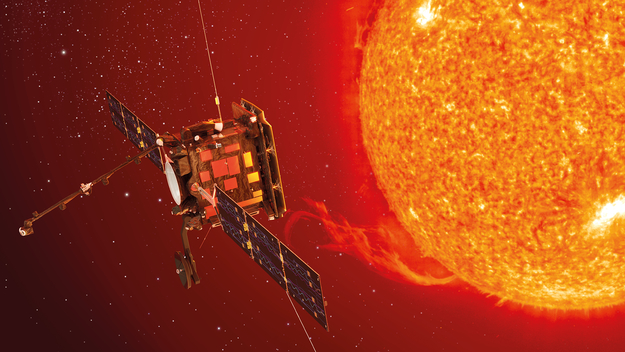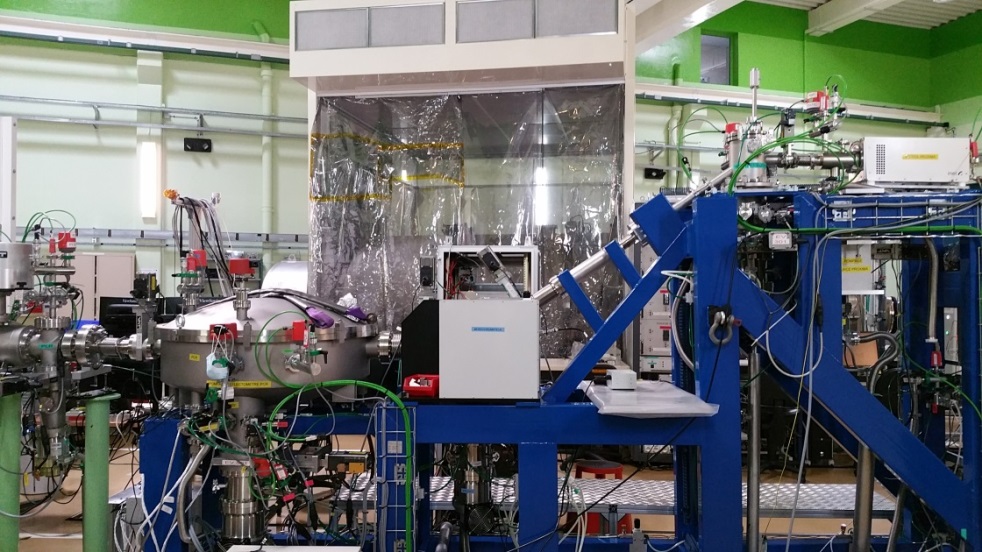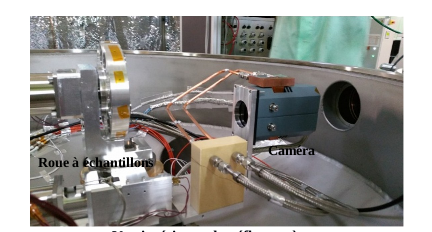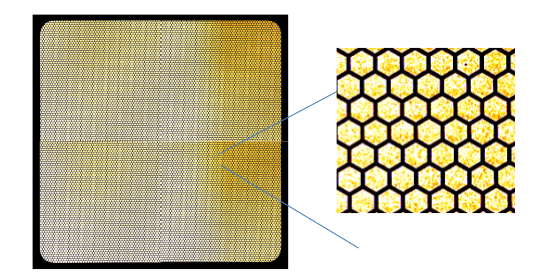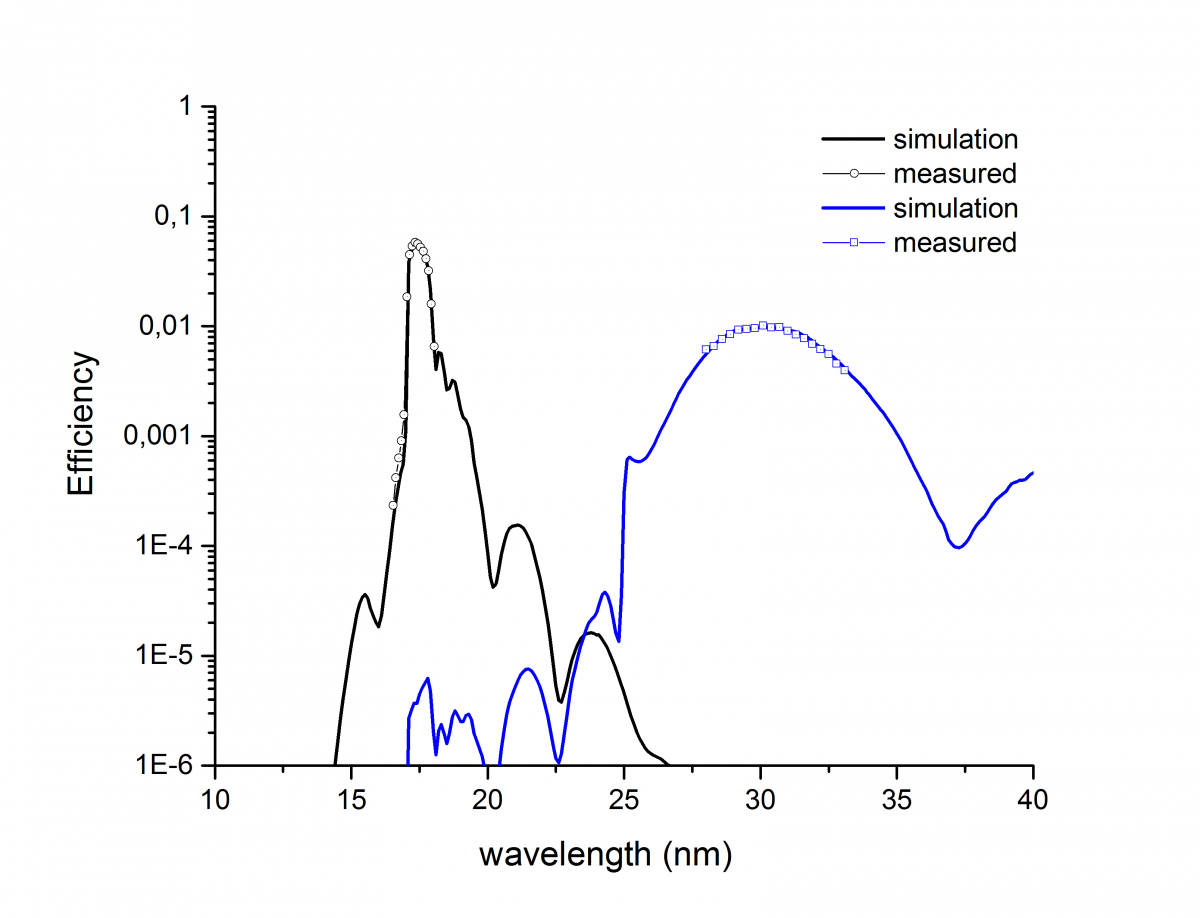FSI / EUI aboard of Solar Orbiter
Solar Orbiter mission is one of ESA's Cosmic Vision 2015-2025 programs. The scientific objectives of Solar Orbiter are:
-
Determine by in-situ the properties and the dynamics of plasma, fields and particles in the near-solar heliosphere.
-
Monitor the details of the magnetic atmosphere of the Sun.
-
Identify the links between the activity of the Sun’s surface, the evolution of the corona and the inner heliosphere, by using solar co-rotation crossing.
-
Observe and characterize the polar regions and the equatorial corona of the Sun from high altitudes.
EUI (Extreme Ultraviolet Imager), one of the six remote sensing instruments, will provide image sequences of solar atmospheric layers above the photosphere, an essential link between the solar surface and the outer corona, which ultimately defines the characteristics of the interplanetary zone (up to 34° of solar latitude during the extended mission phase).
IAS is responsible for the development of the HRIEUV (High Resolution Imager) mirrors and the FSI (Full Sun Imager) subsystem (mirror + focal filters).
The optical design of the FSI is based on a single off-axis mirror (Herschelian type) telescope, providing the 3.8 deg x 3.8 deg FOV image (see Figure 1) with spatial resolution of 4.4 arc sec. The thin foil Al entrance filter blokes all UV, visible and IR radiation. The FSI mirror with the multilayer coating (AI / Mo / SiC) reflects two narrow bands of the solar spectrum centered at 17.4 nm (Fe X) and 30.4 nm (He II). The EUV photons reach to the detector (back-thinned active pixel sensor [APS] of 10µm per pixel) of 3k x 3k format. A filter wheel near the detector, charged with two types of thin-film filters (Zr / Al and Mg / Al), selects (or isolates) one or the other of the two narrow band reflected by the mirror.
Figure 1 : Optical schema of FSI
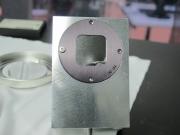 |
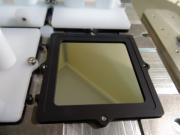 |
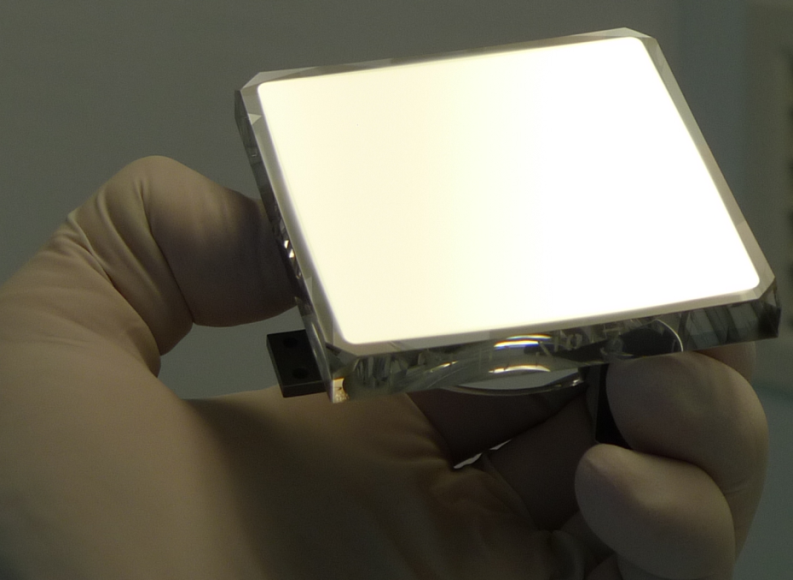 |
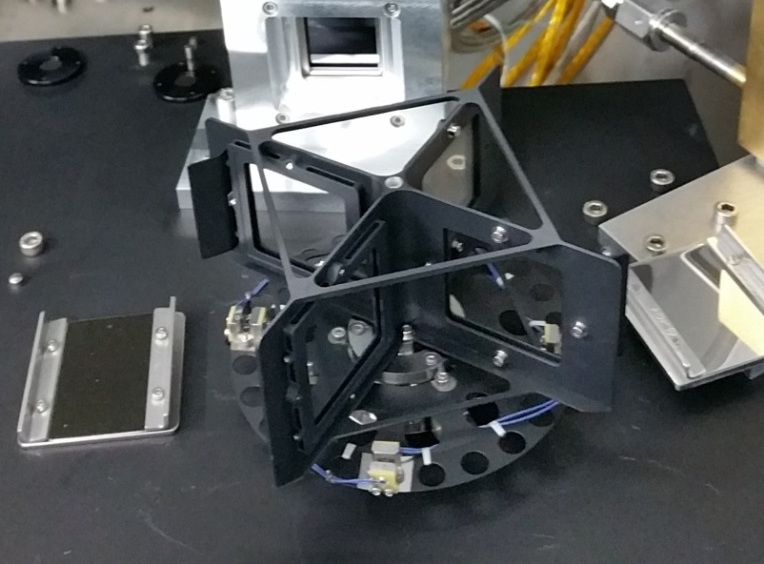 |
| Figure 2 : Entrance filter (AI) | Figure 3 : Focal filter (Mg/Al) | Figure 4 : FSI mirror | Figure 5 : Filter wheel |
IAS has developed a EUV facility dedicated to the calibration of optical and optoelectronic components in EUV and VUV. A capillary discharge plasma source emits photons with a large diverging angle. By introducing different gases such as Xe, Ar, He and Kr, this lamp generates EUV / VUV radiation which covers from 10 to 150 nm we need. A toroidal mirror selects and focuses the central part of the beam emitted by the source onto the entrance slit of the monochromator. A spectro-monochromator with two diffracted gratings provides a wide spectral range from 10 nm to 150 nm to control the optical components. The reflectometer with a goniometer makes it possible to test the small optical components in transmission or in reflection. A large vacuum chamber at the end of the beam line is defined to characterize the subsystem or the entire instrument. The mechanical displacement with "PI high translation stages" in vertical and horizontal direction has the precision of 1 μm. Two cameras (MTE from Princeton Instruments) are performed to detect the spectral images in the EUV.
With this facility, we have characterized the photometric performance of the FSI subsystem, as well as the flat field of the three EUI Flight Model cameras.
Figure 6 : Outside view of EUV/VUV beam line
Figure 7 : Inside view of reflectometer
Figure 8 : EUV spectral image (13 nm - 21 nm)
Figure 10 : Focal filter inspection at 17.4 nm
Figure 11 : Spectral throughput of FSI sub-intrument (entrance filter+ mirror + focal filter)
Contact : Xueyan Zhang



